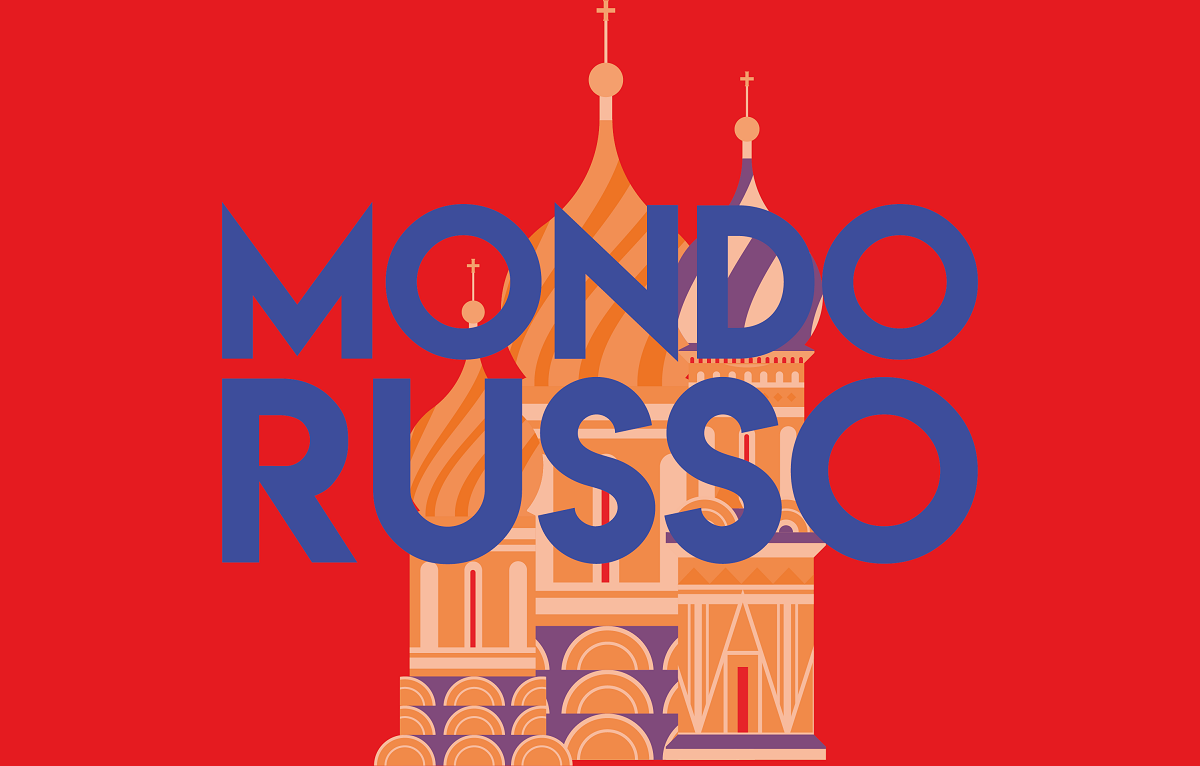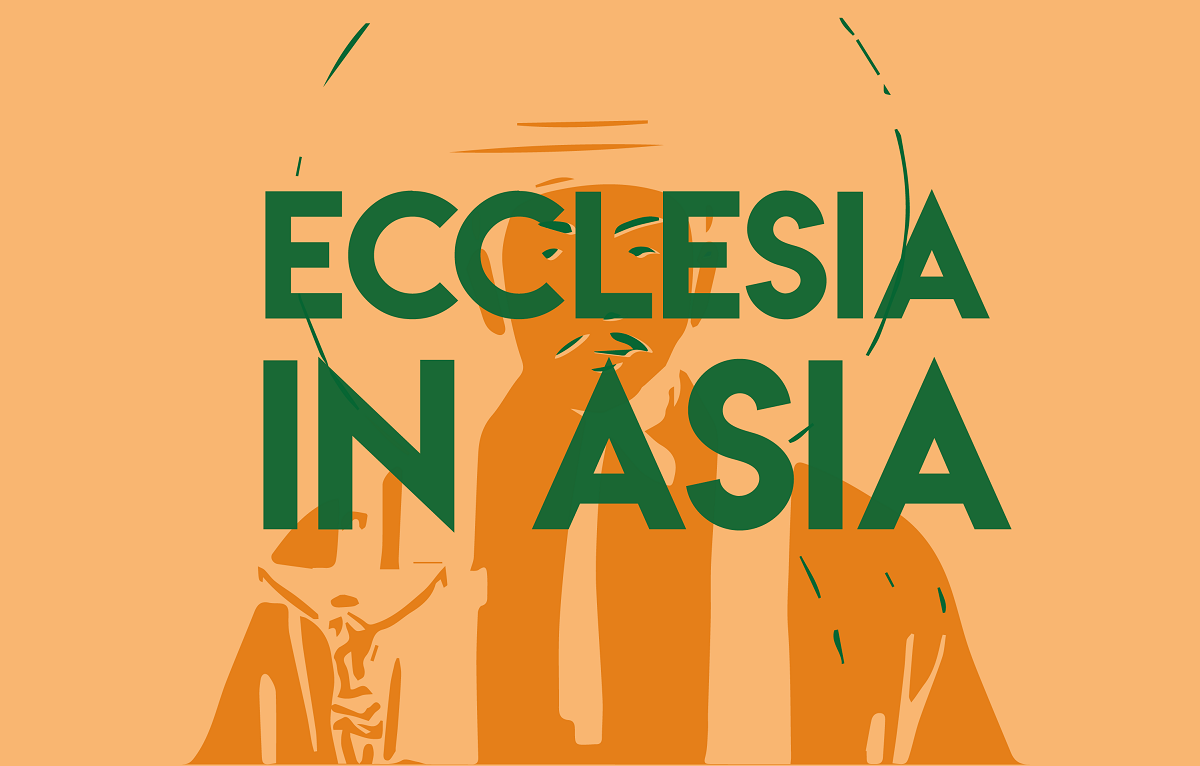A 'Divided Church': the difficult story of Bishop Jin and Shanghai Catholics
A new book by historian Paul Mariani traces the life of the Catholic community of Shanghai during the years when it was led by the Jesuit prelate, "illegitimately" ordained in 1985, a complex figure who, under difficult circumstances, sought in his own way to maintain a balance between Beijing and Rome. It is an interesting read not only about the past of the Church in China but also about what is going on today.
Milan (AsiaNews) – Harvard University Press has recently published China's Church Divided: Bishop Louis Jin and the Post-Mao Catholic Revival, a work by Jesuit priest and historian Paul P. Mariani.
It is a powerful and important study, which tells a human, ecclesial, and political story that has immediate implications for the current situation of the Church in China, and Shanghai in particular. Indeed, the first thing to note and clarify is precisely this: even though the name of the city does not appear in the book's title, the story concerns the Church in Shanghai, one of the oldest, strongest, and influential Catholic communities in China.
The author (who, as mentioned, belongs to the Society of Jesus) describes not only a Chinese story set in the city of Shanghai, but also a largely Jesuit story. The Church in Shanghai was founded and consequently profoundly influenced, though not exclusively, by Jesuit missionaries.
In 2011, Mariani published Church Militant: Bishop Kung and Catholic Resistance in Communist Shanghai. The author has therefore been studying Catholicism in Shanghai for many years, a story of fundamental interest in the complex development of the Chinese Church from “liberation” (i.e. the Communist Party's takeover on 1 October 1949) to the present day.
With this new tome, Mariani continues the narrative of the Catholic story in Shanghai, a tragic tale marked by persecution, resistance and heroism, by compromises and perhaps even betrayals.
Bishop Ignatius Kung Pinmei (created a cardinal first in pectore in 1979 and publicly in 1991) represents suffering and relentless resistance. Bishop Louis Jin represents the era of collaboration with Communist authorities, of compromise and the attempt to navigate between two powers – the political one in Beijing and the religious one in Rome – both of which demanded total loyalty.
But the book is not just the story of Kung and Jin. There are many other protagonists, starting with the Catholic community of Shanghai itself (even before the rise of Bishop Jin), whose story covers nearly half of the book's more than 300 dense pages. The Catholic Church in Shanghai, though divided as the title indicates, is a historical entity capable of distinguishing itself, even surviving, over long decades despite a dictatorship that sought to flatten and wipe out all differences.
In addition to Jin, the book mentions scores of believers, men and women, lay and religious, whose lives were devastated or even destroyed by the communist revolution. Mariani's book restores their memory and dignity, and for this tribute, credit must be given to the author, who carefully avoided justifying (as is often done in many quarters) the anti-Catholic persecution.
After years of detention and deprivation of freedom, in the early 1980s, Jesuit Jin agreed to collaborate with the "patriotic" bishop of Shanghai, Zhang Jiashu, even though the two, who had known each other for a long time, never got along. Jin showed extraordinary managerial and interpersonal skills, and the ability to deftly navigate minefields as rector of the new and for many years thriving seminary in Sheshan.
The book delves into a rather detailed narrative beginning in 1985, when Jesuit Louis Jin was "illegitimately" consecrated bishop. Mariani describes Jin's life, especially his international travels and meetings with foreign guests, almost day by day, with details that satisfy those who already know enough about the story to avoid getting lost among the many names and references.
And this writer, who has visited Shanghai for over 20 years (albeit occasionally), appreciates the detailed account of so many events, recognising facts, people, and places.
But this book is not just for specialists. I believe that anyone who loves or is just interested in the Church in China will find this story extremely compelling, filled with missionaries, Jesuits, courageous and resilient lay people, bishops and cardinals, important Chinese and international political figures, and highly significant places, such as the Sheshan Shrine.
The figure of Louis Jin, the book's main but not sole protagonist, emerges in his qualities as a man of the Church and of political relations. Those who knew Bishop Jin personally, and the writer of this review is one of them, cannot fail to recall his remarkable intellectual qualities, his vast knowledge of people around the world, his excellent command of numerous languages, and his kind and engaging manner toward his guests.
The vicissitudes of Bishop Jin and the Church of Shanghai are painful and exhilarating, long and complex, full of twists and turns, rebirths, hopes, and bitter disappointments. Today is no exception. Bishop Jin experienced many events in person and as a protagonist, including those of opposite nature.
It should not be forgotten, for example, that Jin also suffered imprisonment before accepting a public role, one that exposed him to strong opposition from the underground Church and its supporters around the world, as well as the influence of political authorities.
Some charges, more or less serious, levelled against Jin cannot be ruled out, but neither can they be confirmed with certainty. In dictatorships, where any dissent can be punished with prison or death, the line separating tragic truth from slander is not always so clearly drawn.
In Mariani's book and according to many observers, Jin emerges as what he truly was: a complex personality driven by difficult circumstances to adopt attitudes and decisions condemned as treason by some, judged as ambiguous by many, and approved by still others.
For my part, I agree with Mariani's description of him. But I will try to put it in my own words: Bishop Jin was a worthy churchman who, under "normal" circumstances, could easily have had an important and commendable ecclesiastical career not only in his homeland but also in the universal Church. In 2006, Bishop Jin was legitimised by the Holy See, although underground Bishop Joseph Fan Zhongliang remained the Ordinary of Shanghai.
It is likely that Jin had the good of the Church at heart even when he made decisions that went against Church rules, or even when he caused hardships and suffering for others. Understanding his choices, however, does not mean belittling the dignity and legitimacy of those who, unlike him, chose to resist, even in Shanghai, an oppressive and anti-libertarian religious policy, starting with underground Bishop Joseph Fan, a Jesuit and Jin's novitiate companion. This was true during Jin's time, and, in my opinion, it is still true today.
The 1980s and 1990s (Bishop Jin's years) gave the impression that his ambiguity was for the better, and there were many reasons to hope that this would be the case. After all, his political "godfathers" favoured a different China but were ousted after the Tiananmen Square massacre of 1989. Today, there is less reason to hope that things will improve.
It is shocking to realise that the process of oppression and manipulation implemented in recent decades against the Catholic community are still at play in Shanghai and across China today. As we write, there are still two bishops in Shanghai who are not free. Mariani talks about them, albeit briefly, since they are not the subject of the book. The two bishops are forgotten by most, considered a blip to be overlooked. Instead, they are two believers, two bishops – I have known both personally – whose lives have been ruined, nullified, rendered non-existent.
One is Bishop Joseph Xing Wenzhi, Jin's designated successor. Since 2011, (almost) nothing is known about his fate. I agree with Mariani's words about him, slamming the entrapment he suffered at the hands of the political authorities for resisting their impositions. After 15 years, Bishop Xing, who vanished like a ghost, has still not had the opportunity to tell his version of the events that led to his moral, ecclesial, and political disgrace.
The second bishop is Thaddeus Ma Daqing, ousted and placed under house arrest the very evening of his ordination, that wretched 7 July 2012, for declaring his intention to withdraw from the Patriotic Association. It was an act dictated by the awareness that his mission was to finally reunify the divided Church of Shanghai. By imposing an illegitimate bishop at Thaddeus Ma's consecration, political authorities sowed dissent among a segment of the Shanghai community, which Ma had tried to overcome.
The two bishops, still young at the time of their political disgrace (Bishop Xing was 48, Bishop Ma 44), had their lives crushed by an oppressive religious policy that is still, more than ever, in place.
In light of the stories of Bishops Xing and Ma, it is to be hoped that historian Mariani will complete a trilogy dedicated to the Church of Shanghai, centred on the last 15 years, from the time when Bishop Xing was ousted in 2011, replaced by Bishop Ma, who was in turn dismissed the following year. For the story of Catholicism in Shanghai is not a story with a happy ending.
I thank Mariani for showing human and ecclesial sensitivity by mentioning the experiences of the two unfortunate bishops in the book’s final pages. And I thank him for his enormous commitment to narrating, with poise and expertise, a story that is both painful and exhilarating.
RED LANTERNS IS THE ASIANEWS NEWSLETTER DEDICATED TO CHINA. WOULD YOU LIKE TO RECEIVE IT EVERY THURSDAY? TO SUBSCRIBE, CLICK HERE.
24/01/2014
29/01/2019 09:23





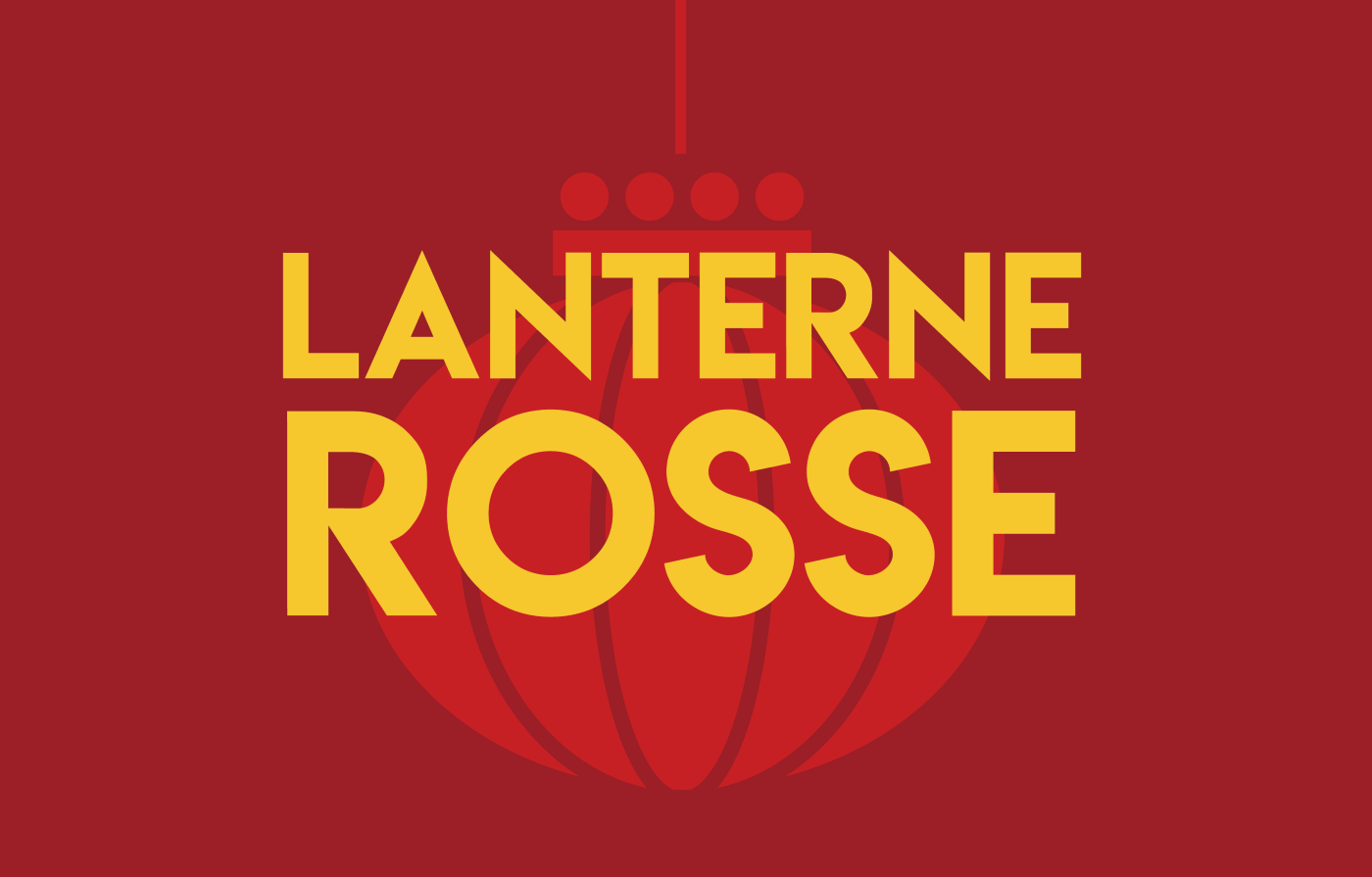
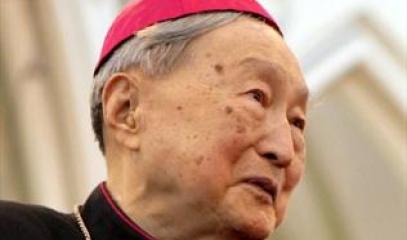
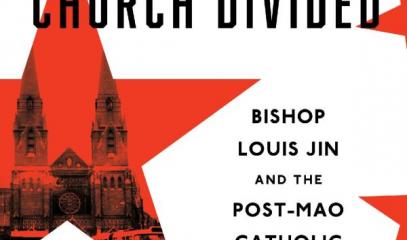

.png)



